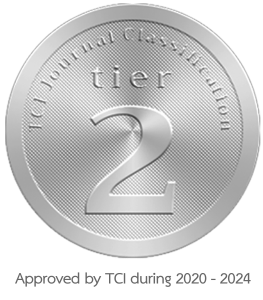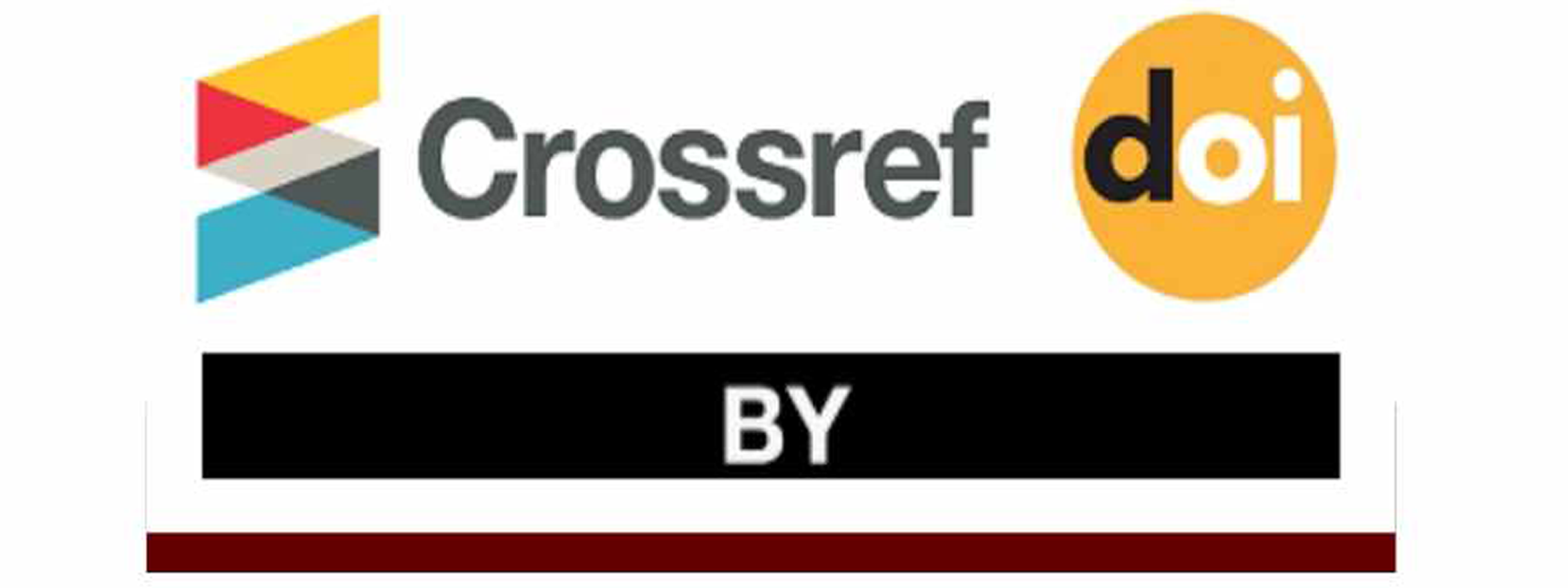English Learning Strategies of Thai vs. Vietnamese Exchange Practicum Students at Buriram Rajabhat University: A Case Study
DOI:
https://doi.org/10.62819/jel.2020.95Keywords:
English learning strategies, Exchange practicum students, SILL, Thai vs. Vietnamese, Teaching EnglishAbstract
This research consisted of two purposes: 1) to investigate English learning
strategies utilized by Thai vs. Vietnamese students, and 2) to explore
relationships between English learning strategies used by Thai
vs.Vietnamese students.The samples were 85 people including 42 second-
year EFL English major students from Buriram Rajabhat University and
43 students from Hue University's EFL Vietnamese exchange practicum
using the Toro Yamane Method (Yamane, 1973). Students enrolled in the
English for Communication subject and were selected by purposive
sampling method. The tool was the online questionnaire of SILL version
7. 0 (Oxford, 1990). Quantitative data were analyzed using descriptive
statistics. The study found that high-level social and metacognitive
strategies were used by both Thai and Vietnamese students. Thai students
used affective strategies, memory strategies, cognitive strategies, and
compensation strategies, respectively while Vietnamese students used
compensation strategies, cognitive strategies, affective strategies, and
memory strategies, respectively.



















